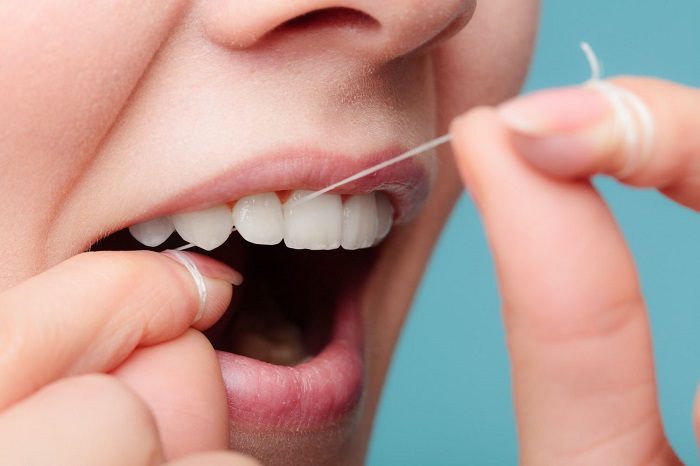Brushing your teeth at least twice a day and flossing daily are both crucial steps to a good oral hygiene routine. You likely know that these efforts will keep your smile looking and feeling its best. But this regimen also ensures that your gums stay healthy.
However, some people do not floss as often as they should. Without this important step in your oral hygiene routine, your gums could face serious deterioration.
You can better remember to floss when you need to when you understand the advantages it can bring to your gums. Read on to learn about three ways that daily flossing will promote long-term periodontal health benefits.

Prevent Periodontal Discomfort
Oral pain is not something to be tolerated or ignored. It is often a symptom of an underlying dental problem. And skipping flossing can lead to soreness, bleeding, or other discomforts in your gums.
If you have not flossed for a while, you might notice blood or pain when you start flossing again. This happens due to plaque and tartar accrual between the teeth. Disturbing this build-up can irritate the gums and cause these symptoms.
Regular flossing will prevent this build-up between your teeth so that you do not feel this discomfort when you floss. You will notice the symptom go away as you resume flossing as often as you should. Daily flossing leads to healthier gums too, so you can see a further reduction in unpleasant symptoms in your gums.
Reduce Oral Bacterial Spread
Your mouth contains bacteria that will spread across your teeth to create a film of plaque. Brushing your teeth will scrub away plaque, but your toothbrush cannot easily reach the area between your teeth. You will need to floss to get rid of plaque in these spots of the mouth.
If plaque stays on your smile, it will allow bacteria to spread through the mouth and heighten your risk for oral infections like gum disease. This infection of the gum tissue is common but can wreak severe havoc on your gums, teeth, and jaw if left untreated.
You will need intervention from your dentist to treat gum disease, so you should prevent it with good oral hygiene. And you can maximize the benefits of oral hygiene when you floss properly.
Identify Gum Disease
You might see tenderness or bleeding in the gums for acute reasons like lapsed flossing habits. But if bleeding continues on a chronic basis, this could be a sign of gingivitis, the initial stage of gum disease. This infection is easier to treat when caught early, so do not ignore changes or problems in your gum health.
Call your dentist as soon as you can if you notice periodontal symptoms. This allows the dentist to more easily eradicate the infection from the gums with periodontal therapy.
Dismissing symptoms will allow the infection to spread, which may require more extensive dental work to treat and could leave you with irreversible dental damage. Attending routine dentist appointments gives your dentist the opportunity to screen for gum disease, so do not skip these check-ups. If you would like more information on how we diagnose and treat gum disease, please visit Periodontal therapy.
Try a Water Flosser
Traditional string floss is an effective way to clean the space between your teeth. But you can enhance your flossing experience by adding a water flosser to your oral hygiene routine.
In conjunction with hand flossing, you can fill a water flosser with warm water and a little mouthwash and then use this device once a day. This extra attention to your gums can better promote good gum health.
